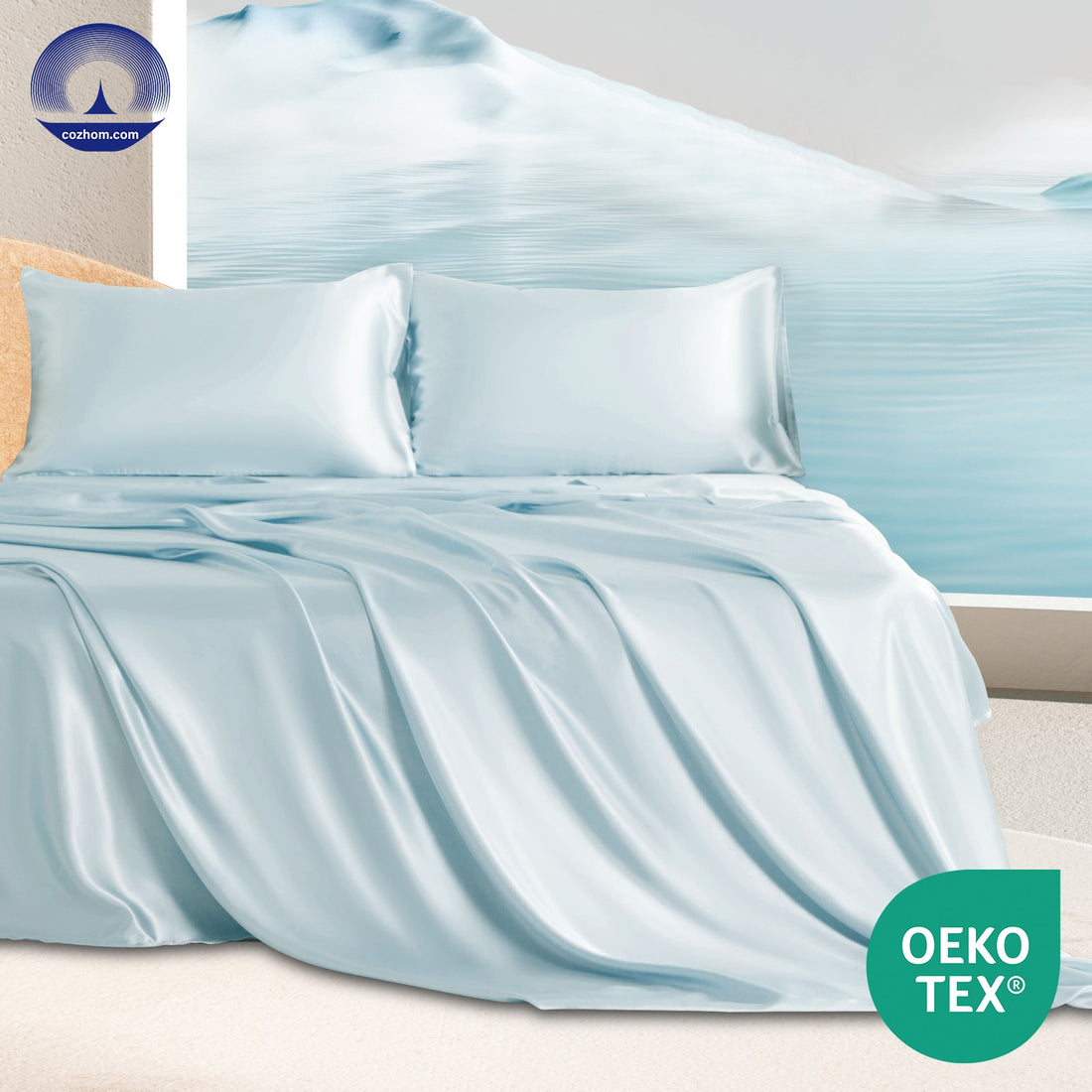
OTC Sleep Aids: How COZHOM Offers a Safer, Long-Term Alternative
Share
Overview. Over-the-counter (OTC) sleep aids — such as diphenhydramine, doxylamine, melatonin, and certain herbal supplements — are among the most commonly used sleep products worldwide. They can help short-term, but they are often inadequate for chronic sleep problems and may carry side effects or tolerance. COZHOM X Series bedding introduces a different model: instead of pharmacologically forcing sleep, it changes the sleep environment and peripheral physiology that regularly provoke awakenings. This article reviews OTC sleep aids, their limits, and how COZHOM functions as a science-driven, non-drug alternative.
What are the typical OTC sleep aids?
Common categories include:
- Antihistamines (diphenhydramine, doxylamine) — cause sedation but often produce next-day drowsiness and tolerance.
- Melatonin — a chronobiotic useful for circadian misalignment; dosing and purity vary across products.
- Herbal supplements (valerian, chamomile, lavender) — low side-effect profile but variable efficacy.
- Combination formulas — OTC products mixing antihistamines with herbal extracts or vitamins; effects unpredictable.
Limitations and risks of OTC sleep aids
Key limitations often overlooked:
- Tolerance and diminishing returns: Antihistamines lose sedative potency in about a week for many users.
- Residual effects: Morning grogginess, impaired cognition, and increased fall risk in older adults.
- Safety in special populations: Pregnant women, breastfeeding mothers, and people on multiple medications should be cautious.
- Misalignment with causes: OTC drugs mainly induce drowsiness without addressing peripheral triggers like thermal discomfort or pressure-related awakenings.
Why a non-pharmacologic approach can be preferable
Long-term sleep health depends on sustainable interventions that improve nightly physiology. Addressing the bed-body interface — temperature, pressure distribution, moisture — reduces many awakening triggers. This is precisely the design space for COZHOM X Series bedding.
How COZHOM compares mechanistically
COZHOM works through three non-overlapping, complementary mechanisms:
- Thermal microclimate control: reduces nocturnal overheating and associated awakenings.
- Pressure redistribution: reduces focal pressure and the need to reposition.
- Microcirculatory support: improves tissue perfusion and reduces pins/needles sensations.
Real-world evidence and trial observations
Pilot observations and user surveys show consistent benefits for people switching from OTC reliance to combined environmental strategies including COZHOM bedding. Improvements noted include reduced sleep latency, fewer awakenings, and better morning function — without pharmacologic side effects.
Practical guidance: transitioning off OTC aids using COZHOM
For people dependent on OTC sleep aids, a staged plan can reduce rebound insomnia:
- Consult your clinician about tapering, especially for regular antihistamine users.
- Introduce COZHOM bedding and stabilize sleep environment first.
- Combine with behavioral tools (sleep restriction, stimulus control, relaxation).
FAQs
Is COZHOM recommended for older adults who use OTC sleep aids?
Yes. Older adults are particularly vulnerable to anticholinergic side effects from OTC antihistamines; COZHOM provides a non-drug method to improve sleep safety and quality.
Can COZHOM replace melatonin for circadian problems?
Not directly. Melatonin helps shift circadian timing; COZHOM optimizes sleep continuity and comfort. For circadian misalignment, combining melatonin (under clinician guidance) with COZHOM is often complementary.
Conclusion
OTC sleep aids play a role in acute or circadian-related sleep issues, but they are not an ideal long-term solution for chronic sleep fragmentation. COZHOM X Series bedding tackles core peripheral drivers of awakenings and offers a safe, durable alternative or complement to OTC options. To explore COZHOM X Series, visit our product page or www.cozhom.com.